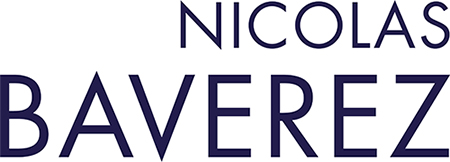India’s position of non-alignment is being made difficult by Russia’s invasion of Ukraine and Narenda Modi’s getting bogged down in “ethnautocracy”.
Russia’s invasion of Ukraine marks the beginning of a major confrontation between democratic nations and authoritarian regimes, making the position of India, under Narendra Modi, increasingly uncertain and ambiguous. On the home front, it is drifting towards the cult of the strong leader, and towards an ethnic and religious model for the nation. On the international front, it is seeking to preserve a position of non-alignment with either the West or the authoritarian empires. This is being made increasingly difficult because of the agreement of 4th February 2022 between China and Russia, and because of the Ukrainian conflict.
Although, with the undisputed victory of his party, the BJP, at the recent regional elections, Narenda Modi has greatly increased his chances of being re-elected in 2024 for a third term of office, his success was no foregone conclusion given his failure in both his management of the pandemic and the revival of the economy. India has come out of the Covid-19 crisis with one of the worst results – officially with 520,000 deaths but, in fact, with four or five million dead. After a recession of 7.3% in GDP for the 2020-2021 financial year, growth will not amount to more than 7% in 2021-2022. Public debt is at 90% of GDP. 8.1% of the working population are unemployed, and the casual labor market – which generates half of GDP – has collapsed. The result is that 100 million people have been added to those living below the poverty line.
Therefore, it is not the quality of Narenda Modi’s administration that is behind the BJP’s victory, but his ability to stir up nationalist and religious passions, and to indulge in unbridled rabble-rousing. In November 2021, without even consulting Parliament, he withdrew three laws passed in September 2020 which liberalized agriculture. The re-election of Yogi Adityanath, an extremist monk (a would-be Rodrigo Duterte), as Chief Minister of Uttar Pradesh, was obtained only by granting welfare benefits the day before the elections, by organizing the low-caste inhabitants, and, above all, by the headlong rush into radicalization with the suppression of benefits for Moslems.
Faced with China’s economic emergence and the brutal assertion of its imperial ambitions, from Taiwan to the Himalayas, India has brought itself closer to democratic nations. It has created the Quad with the United States, Japan and Australia. It has diversified its weapons purchasing, notably by buying the French Rafale. However, it has not renounced its strategic partnership with Russia, which was confirmed during Vladimir Putin’s visit in December 2021. 70% of the Indian army’s equipment comes from Russia, making it more than ever Moscow’s main customer, since it takes 23% of its arms exports. Also, India did not only abstain three times during votes by the UN Security Council and General Assembly – refusing to condemn Russia for its attack on Ukraine –, it has also acquired three million barrels of Russian crude oil in spite of international sanctions.
India is paying a high price for Modi’s populism. Its development is being held back by a persistent inability to reform, by a paralyzing amount of red tape and bureaucratic corruption, and by its dependency on energy, technology and food. Democracy is being undermined by Modi’s “ethnautocracy”. The ambition to keep itself at an equal distance from the United States on one side, and China and Russia on the other side, has been destroyed by the attack on Ukraine and the alliance between Beijing and Moscow. In the confrontation that has begun between democratic nations and authoritarian regimes, India has a decisive part to play, but it has to make a clear choice.
(Article published in Le Point, 31st March 2022)
